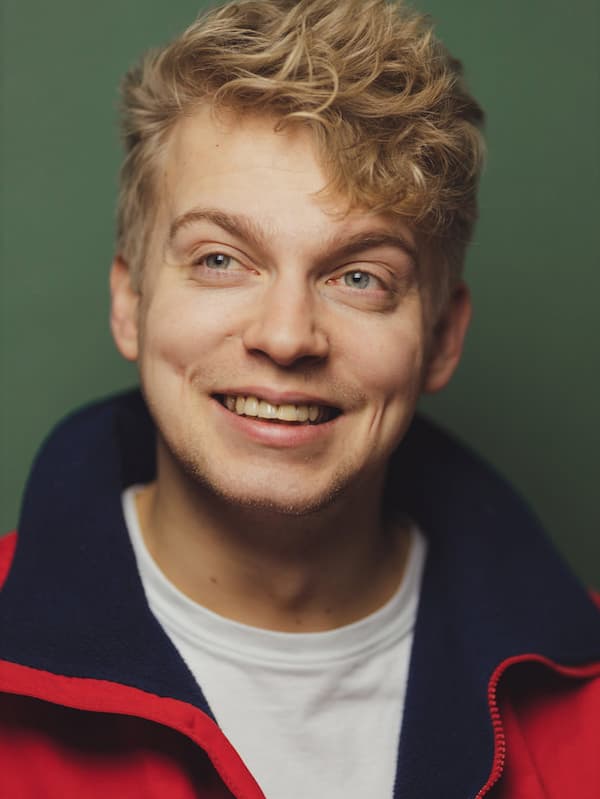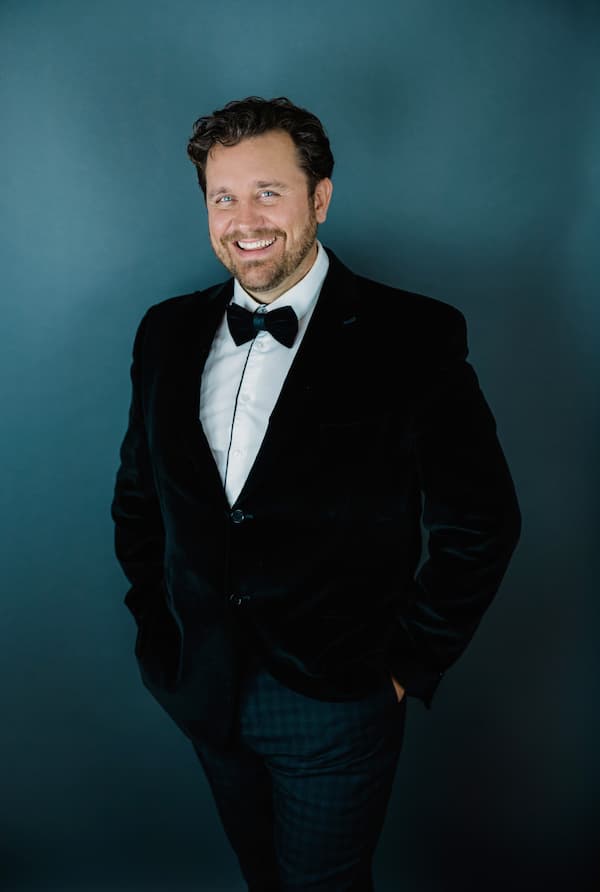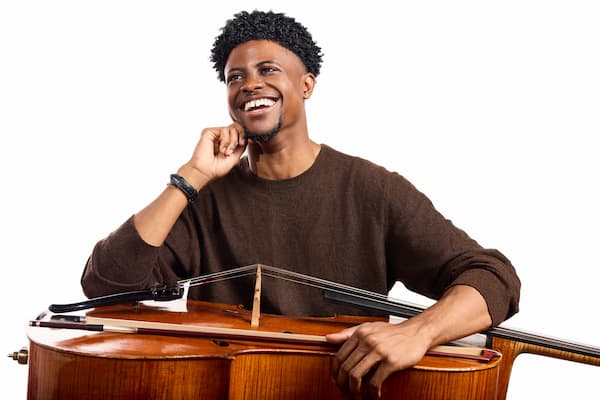American violinist Stefan Jackiw catches up with me after a whirlwind summer of music festivals, with some rare downtime in New York before his next set of travels around the US, Slovenia and Helsinki.
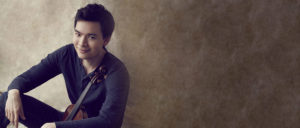
Stefan Jackiw
© stefanjackiw.com
You’ve played in three different continents this summer alone – do you enjoy the travelling?
‘In some ways I love the travelling – I love seeing all these different cultures, what these other interesting cities are like, so while there are of course annoying parts of travel that everyone knows about, I actually really enjoy travelling for the most part. Every job has some downside, and this is a pretty small one!
‘At the end of the day what carries you through a lifetime of practice and all the ups and downs of a career is just loving music. That love has to be there, and I’m glad I found it for myself rather than being told ‘this is what you’re going to do.’’
Have you had many downs as well as ups?
‘For the most part I feel incredibly fortunate to do what I love as my job. I would say there have been challenging moments – by far the worst was between 2012 and 2013, when I injured my arm while running. I didn’t play the violin at all for six months, and I cancelled probably a year’s worth of concerts. That was incredibly depressing and terrifying – I wasn’t sure if I would ever play again at a level I was proud of.
What inspires you now?
‘I’m very lucky that I play music with people who I really admire. Spending time with the people who are passionate about music, and who think deeply about what they’re doing, I think that’s the way in which I grow now.’
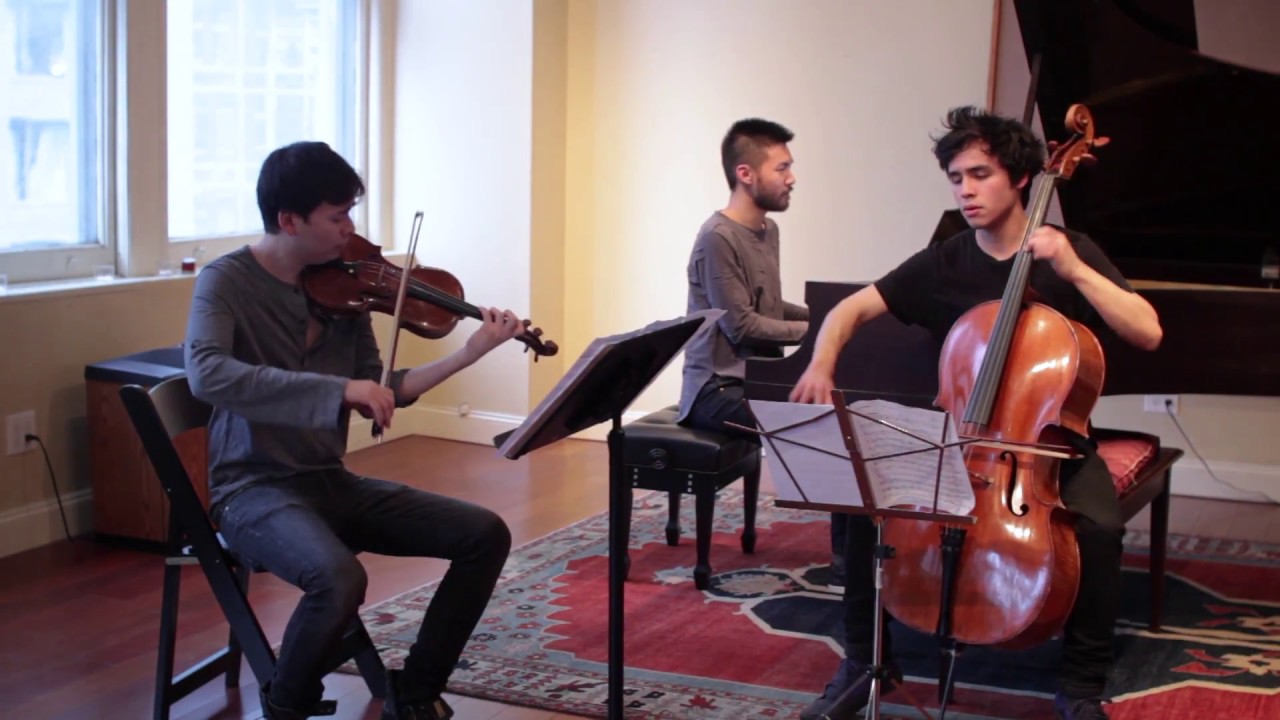
Stefan Jackiw with pianist Conrad Tao and cellist Jay Campbell
© i.ytimg.com
Who are those people?
‘I play a lot with pianist Jeremy Dank, and he is one of the most emotionally generous performers I know. There’s this bottomless well of musical joy and imagination that has been hugely influential for me.’
Do you have a favourite project you’ve collaborated on?
‘We recorded and extensively toured the complete sonatas of Charles Ives. I think Ives is the greatest American composer. Tied with Brahms, I think he is the most nostalgic composer of all time. His music is thought of as dense and thorny, which is true, but at its core his music is deeply Romantic (with a capital ‘R’) – dealing with nostalgia, memory, and longing for the past. Exploring these pieces has been so rewarding because once you unlock the emotional key to these pieces they are profoundly moving and for him, it’s the music of his childhood – church hymns, American folk tunes – that are the gateway to his nostalgia and the bittersweet fading memories of his joyful childhood.’
Who else inspires you?
‘I am in a piano trio with pianist Conrad Tao and cellist Jay Campbell. They are two of the most versatile and curious musicians I know. They both play a lot of contemporary music, and their ideas of sound, and the boundaries of what is beautiful and expressive have really influenced me lately.’
What are these boundaries?
‘When we study the violin our teachers spend so much time talking about ‘polishing’ our technique, ‘buffing’ one’s sound to this incredible sheen. That level of control is a positive thing, but to further and further narrow what is considered a ‘beautiful’ sound is a mistake. Of course, we want to avoid unintentional blemishes but this idea that there’s a very narrow range of what is a beautiful sound is actually a loss.
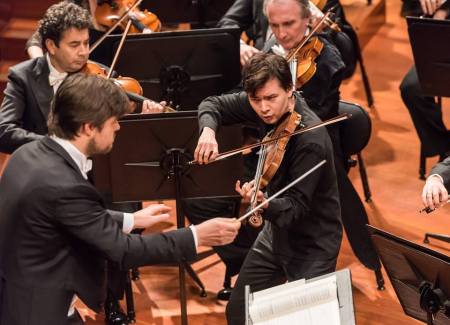
© musicofilia.files.wordpress.com
‘With music that calls for lots of extended techniques, for example, we find all these other sounds that are deeply beautiful and expressive and evocative in a different way – and that carries over to when I play a Brahms sonata. Yes, it’s ‘beautiful’ music, but there’s such a range of beauty.
‘One of my favourite violinists is Christian Tetzlaff, and I read an interview of his where he said that beauty is the enemy of expression. I think that there’s a lot of truth in that. If we have a very narrow definition of what beauty is then necessarily the range of expression is narrowed as well.
How do you incorporate these ideas into your playing?
‘I think the more I play different repertoire and am exposed to different musicians the more I realise that there are so many different styles and approaches all which have so much value, and that’s the path I’m exploring these days.
‘When you’re studying, you’re presented with all these structures and boundaries to try and get you on the straight and narrow and to force you to attain a degree of control and consistency and expertise in your instrument, but then when you have that expertise you have to kind of let go of the boundaries so you can use that expertise to create as wide a colour palette and expressive range as possible.’


